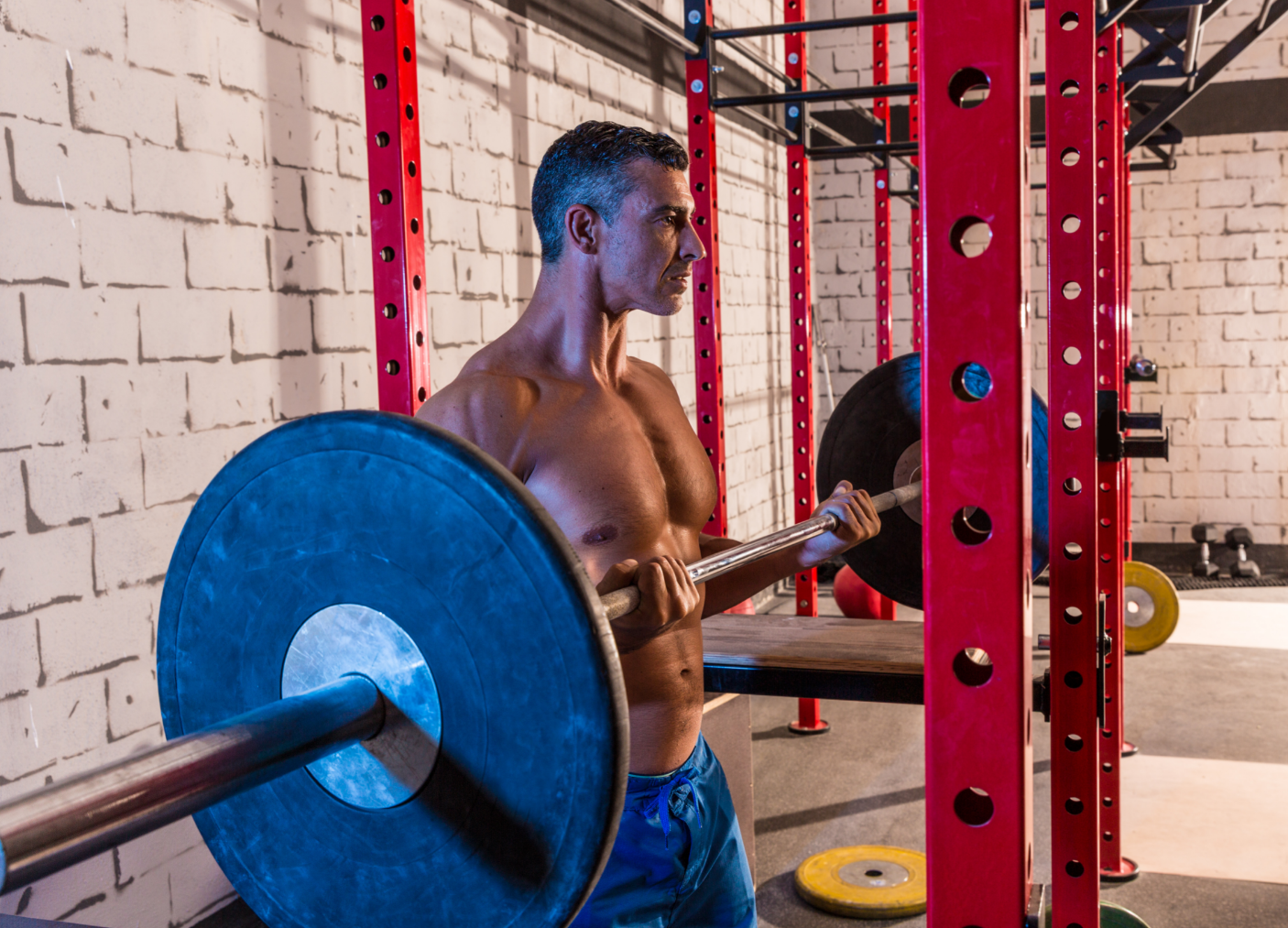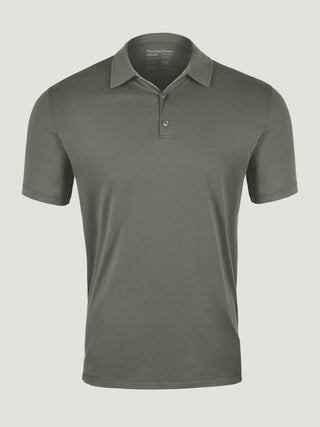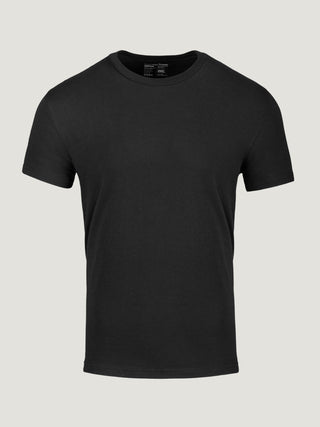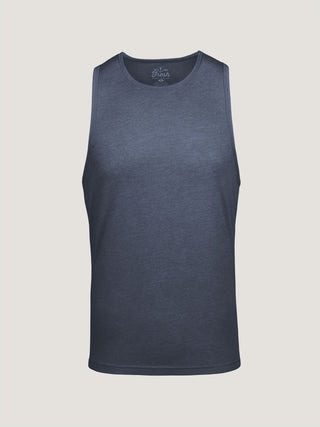Strength training in your later years is fairly uncommon. To be sure, “later years” is an extremely subjective term, but let’s say you’re no longer considered “young” or in your “early years” by the age 40 and so anything after that would, in fact, be your “later years.”
Nonetheless, weightlifting is not just a sport for the young. When it comes to exercise selection, if you’re interested in improving or maintaining longevity, well-being, and general health, weightlifting is a wonderful choice for all ages. However, the way you go about weightlifting changes as you get older. It has to, since your body inherently changes and therefore your approach to keeping it healthy must follow along.
If you want to learn about strength training in your later years, the myths surrounding it, its notable benefits, and how to go about doing it, you’ve come to the right place.

Strength Training After 40: Can You Build Muscle?
A common myth about weightlifting is that, after a certain age, your time is essentially up. The whole idea is that because your testosterone begins to dip slowly around the age of 35, your ability to gain muscle and lose fat becomes hampered with age. When you get older, so the narrative goes, you’ll no longer be capable of gaining muscle or losing fat from weightlifting.
However, the notion that you cannot build muscle or lose fat after a certain point — simply as a result of age — is wrong. In fact, research shows that, when compared, middle-aged weightlifters can gain about as much muscle and lose just as much fat as college-aged weightlifters.
Don’t let nonsense myths stop you from taking to the gym and lifting weights. You’re never too old to start!

Benefits of Weightlifting After 40
The benefits of weightlifting are solid for all ages, so weightlifters over 40 years old can surely reap the benefits. This is key because the sad truth, of course, is that aging is an unpleasant process for most folks. Bones begin to ache, movement and thought become slower, and our guts tend to be more and more distended.
However, did you know that strength training in your later years can decrease your health’s likelihood of this standard age-related downward trend? Strength training can help prevent some loss of muscle and bone associated with age, help reduce joint pain, and improve cognitive performance in older weightlifters.
Of course, when done properly, weightlifting can also improve your physique! There’s nothing stopping you from looking beach-ready, regardless of age. Having trained dozens of clients over the age of 40, I have first-hand experience witnessing and facilitating a dad-bod transform into six-pack abs with strong-looking dense muscle. Such transformations can be done, and they can also be done very reliably.

How to Strength Train in Your Later Years
It’s more than fair to assume that strength training needs to be radically different for middle-aged folks than it is for young folks, but the truth is, sure, your approach needs to be adjusted, but not nearly as much as you might think.
As a general rule of thumb, effective weight training consists of utilizing compound exercises (i.e. exercises that use multiple body parts) like the squat, bench press, military press, and deadlift. The way effective weight training utilizes these movements is through what is called “progressive overload.” The simple way to think about this is to add weight to the bar slowly over time.
How can you do that? Below is an example of a method of progression known as double progression, which research has shown to be highly effective for building strength and muscle.
Deadlift: 4-6 reps
Week 1: 135 pounds for 3 sets of 4 reps
Week 2: 135 pounds for 3 sets of 5 reps
Week 3: 135 pounds for 3 sets of 6 reps
Week 4: 145 pounds for 3 sets of 4 reps
So, for the first three weeks, the lifter works on increasing repetitions. Once the lifter has gotten up to six reps — the top of the four to six rep range — the lifter increases the weight by five or ten pounds. After this increase in weight, the lifter should use this new weight to work on increasing reps until again, they reach the top of the rep range and add more weight onto the bar.
If you continue to repeat this method of progression over several months, you’ll gain a substantial amount of muscle and strength, irrespective of age or experience.
How should this be adjusted if you’re older? Well, it’s more about the after than the during.
As you get older, there’s an effect of aging that you simply can’t reverse; namely, your ability to recover from workouts becomes impaired as you age. However, this impairment is nowhere near as bad as some tend to believe it is. Hence, the primary adjustment to make for older lifters is to focus on recovery. To do this, prioritize sleep, eat highly nutritious foods, and take full weeks off from lifting once a month. More than anything, listen to your body and don’t push it too far. See what works for you and continue accordingly.
Seriously, if you’re looking to up or maintain your health, secure some longevity, and ensure that your general well-being is in tip-top shape well into those “later years,” it might be time to pick up a barbell and start lifting.
— Daniel Lehewych












